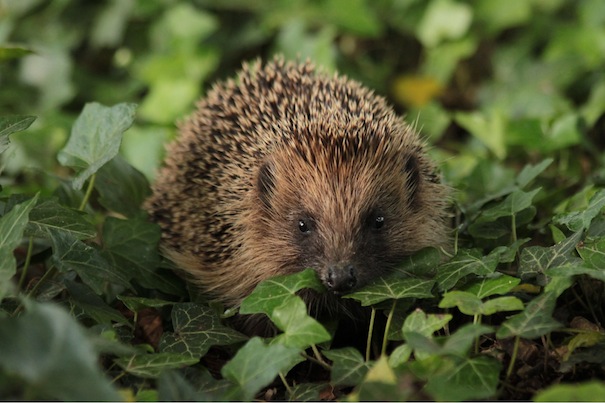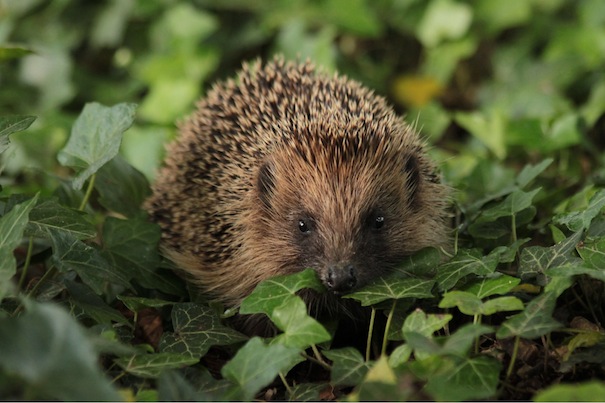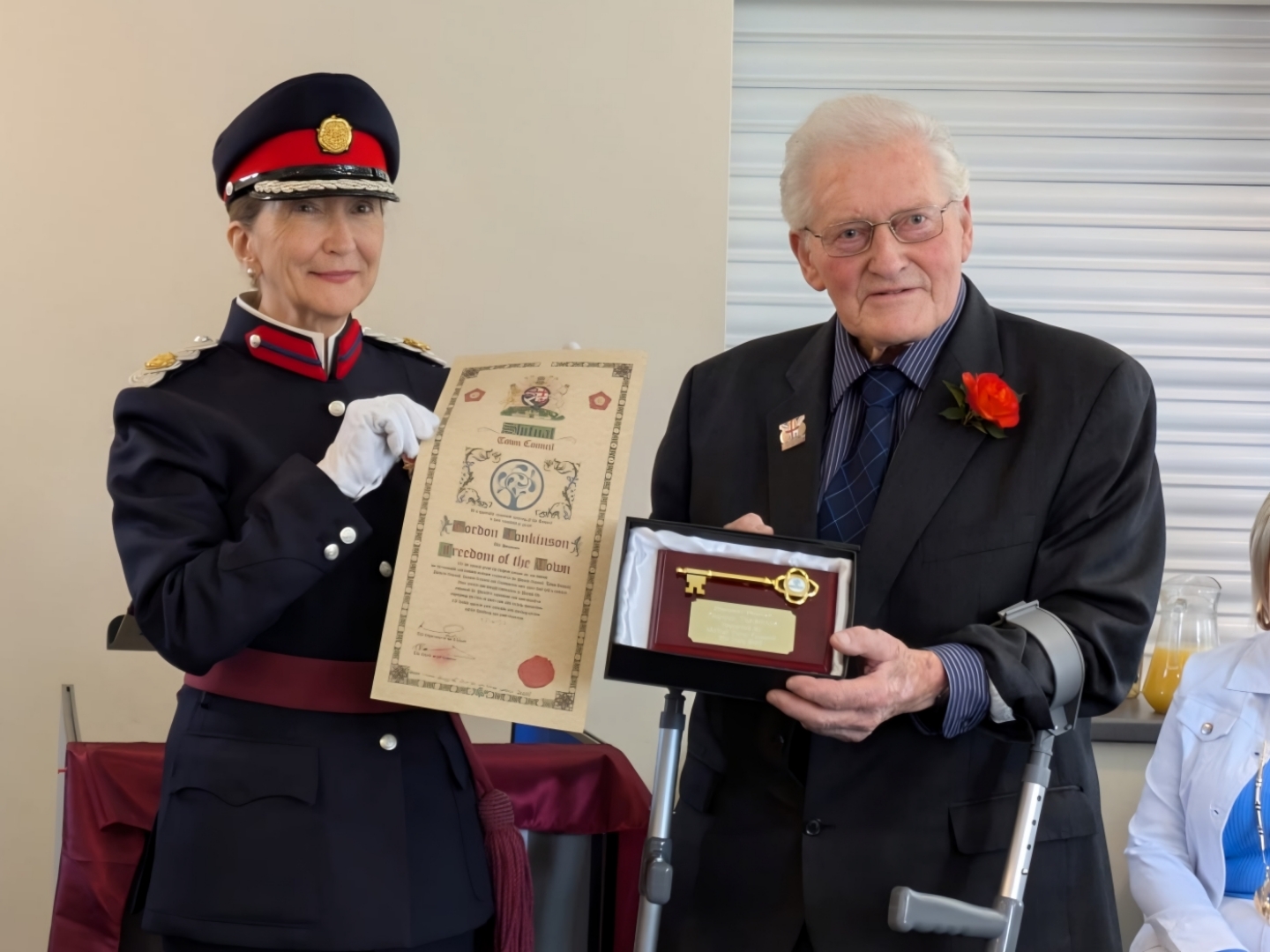
Ever since Mrs Tiggywinkle bustled around with a basket of washing, hedgehogs have had a special place in the hearts of the nation. Our wildlife contributor Ed Andrews gets up close to these shy little creatures.
I first realised tat we had a nocturnal visitor when I spotted some distinctive droppings on the path. They were bullet-shaped, each one around 3cm long, and I recognised them to be hedgehog pellets. We put food out on the patio and each night we’d look expectantly out of the window. At first we saw nothing. Then one night I went to draw the curtains and spotted a movement on the patio. I froze and let my eyes adjust to the light. Sure enough, I could see the characteristic shuffle of a hedgehog making his way along the slabs. This was the beginning of a magical month of encounters.
Creating a pattern
Each night the hedgehog would turn up at a similar time and we realised he was following a regular pattern of behaviour. He’d sniff out the saucer of meal worms with his sensitive snout and start eating. He’d then climb over a small wall into our lavender, searching for slugs amongst the scented plants.
Because we placed the mealworms right outside our patio window, we were able to observe the behaviour of the hedgehog. One night, as he munched away on the meal worms, we realised that he was standing in the saucer of water we had put out for him. As he walked across the patio, his wet feet left perfect star-shaped footprints. Another night we watched him balance on three legs whilst scratching his belly with his fourth leg!
Rescue remedies
Autumn is a crucial time for hedgehogs: they need to put on enough weight to get through the cold winter. One evening I donned gloves and weighed the hedgehog; he was well into the safe zone. Sometimes underweight hedgehogs can be seen foraging in the daytime in autumn, desperate for food. If you ever witness this, take the animal to a wildlife rescue centre.
Cuan Wildlife Rescue Centre was set up by Megan Morris-Jones and her late husband in 1991, and it recently moved to a purpose-built premises run by Megan’s daughter Anna. One bright November morning I headed out for a tour of the impressive new building by the duty manager Clare.
Clare showed us a hedgehog that had been trapped in a wire fence. When it was admitted, it was severely dehydrated and full of parasites. Clare was treating the animal for worms and rehydrating him. In another cage I could hear a persistent cough from underneath a blanket. This was a hedgehog suffering from lungworm. Staff administer antibiotics to cure the problem.
Working towards a return to the wild
The dedication demonstrated by staff and volunteers is incredible. Megan has recently been recognised with a special award from the International Fund for Animal Welfare (IFAW) for a lifetime dedicated to caring for sick and injured wildlife.
Once hedgehogs have been treated, they are kept in outside pens before being released into the wild wherever possible. Habitat loss is pushing many of our native animals to the brink. This amplifies natural problems of parasites and disease present within any population of wild animals. Every individual that can be nursed back to good health is another step towards survival of populations. Last year 75% of animals admitted to Cuan Wildlife Rescue survived.
Dwindling numbers
A 2011 study estimated a quarter of our hedgehog population has been lost in the last 10 years. Modern farming practises have changed. Hedges have been grubbed out to make larger fields and the animals that depend on them have declined. Gardens are often too manicured for hedgehogs and slug pellets are poisonous to them.
In October, the hedgehog stopped visiting. We nervously checked local roads, fearing that he may have been run over. There was no sign of him. A week passed and we suddenly spotted fresh droppings in the garden. Earlier in the year we had placed a hedgehog box behind our shed. To our delight, we spotted that some leaves had been dragged into the box, suggesting the hedgehog may be making a bed in order to hibernate through the winter.
Do one thing for wildlife this month…..
We have a small garden on an estate in Bridgnorth. Our experience this year proves any garden can be made attractive for hedgehogs. A hedgehog can travel two kilometres a night in search of food. Leave gaps in your fence to allow local hedgehogs to forage in your garden. Put out mealworms. Allow a patch of your garden to grow a bit wild. Plant a native hedge and consider making a hedgehog box. For more details about boxes, visit britishhedgehogs.org.uk.
– Edward Andrews MSc.






